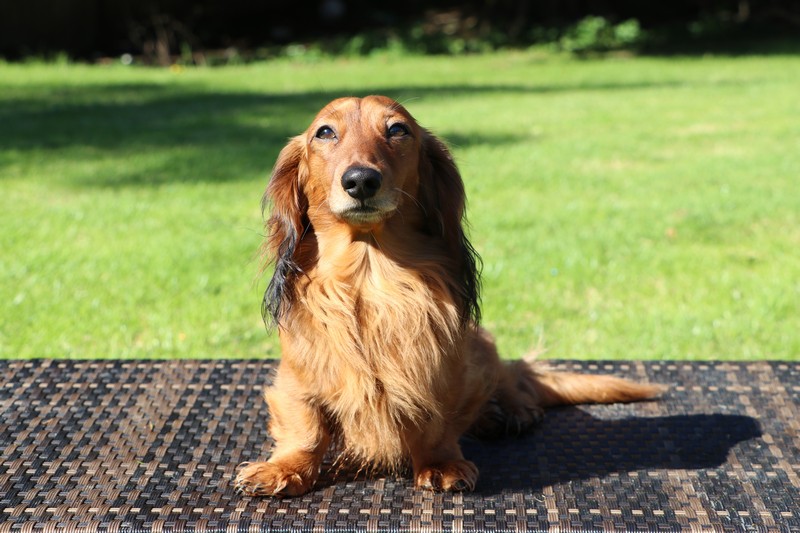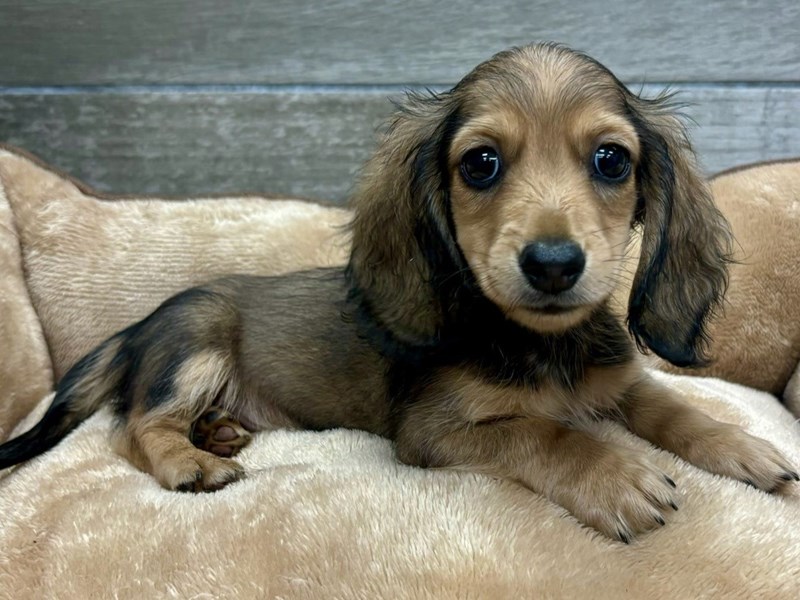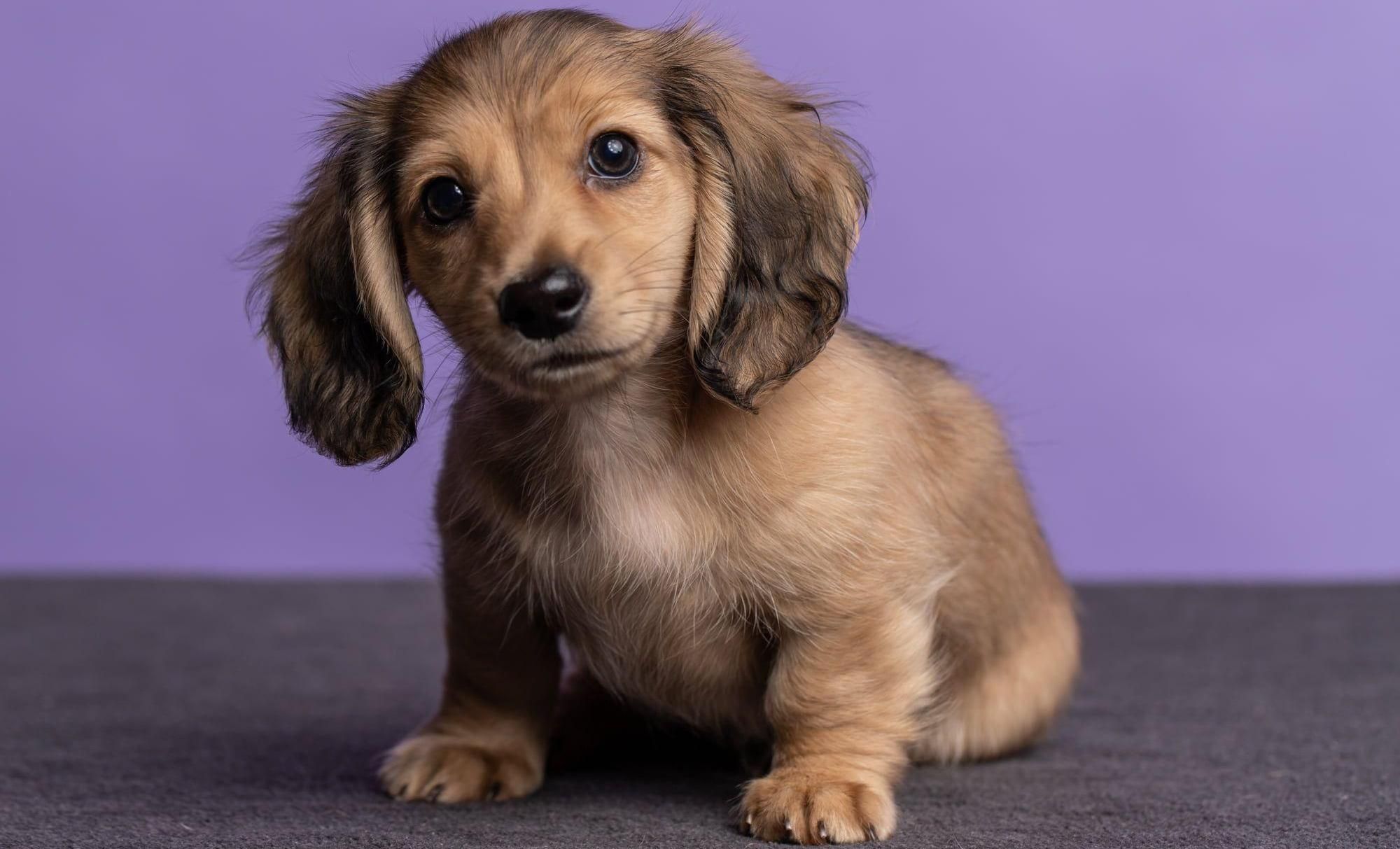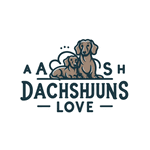The Dachshund, often affectionately called the “sausage dog” or “wiener dog,” is a breed cherished worldwide for its distinctive long body, short legs, and charming personality. Among the various coat types within the breed, the sable Dachshund is particularly captivating due to its striking coloration and delightful temperament. This guide explores everything you need to know about the sable Dachshund, including its appearance, personality, care needs, and potential health concerns. Whether you already adore this breed or are considering bringing one into your home, this comprehensive overview will help you understand what makes the sable Dachshund so special.
Contents
- 1 Appearance: The Stunning Beauty of the Sable Dachshund
- 2 Personality and Temperament: Spirited and Loyal
- 3 Care Requirements: Meeting Their Unique Needs
- 4 Training and Socialization: Raising a Well-Behaved Sable Dachshund
- 5 Health Considerations: Common Issues and Prevention
- 6 Why Choose a Sable Dachshund?
Appearance: The Stunning Beauty of the Sable Dachshund

The sable Dachshund is easily recognizable for its rich, multi-toned coat that sets it apart from other Dachshund varieties. Unlike the more common solid or two-toned patterns, the sable coat showcases a unique interplay of black, tan, and reddish hues, creating an eye-catching and dimensional appearance.
Coat Patterns and Types
While all sable Dachshunds share this characteristic blend of colors, their exact patterns can vary. Some may have a predominantly dark coat with subtle red undertones, while others feature a more even distribution of black and tan. The texture of the coat also depends on the specific Dachshund variety:
- Wirehaired Sable Dachshunds: Sport a coarse, textured coat.
- Longhaired Sable Dachshunds: Have silky, flowing fur that enhances the sable coloration.
- Smooth Sable Dachshunds: Feature sleek, short fur that emphasizes their glossy patterns.
Distinctive Physical Features
In addition to their stunning coats, sable Dachshunds share the signature traits of the breed: a long, low-slung body, short sturdy legs, and expressive, almond-shaped eyes. Their floppy ears and playful expressions add to their irresistible charm.
Size and Weight
Sable Dachshunds are part of the standard Dachshund size category. They typically weigh between 16 and 32 pounds (7-14 kg) and stand 8 to 10 inches (20-25 cm) tall at the shoulder. Their elongated bodies can measure up to 18 inches (46 cm) in length, giving them their iconic “sausage” look.
Personality and Temperament: Spirited and Loyal

Sable Dachshunds are known for their lively, affectionate, and bold personalities. These dogs bring a lot of energy and heart to any home.
Energetic Explorers
Originally bred for hunting, sable Dachshunds are curious and adventurous. They thrive on mental stimulation and enjoy exploring new environments, making them great companions for active individuals.
Loving and Loyal
Sable Dachshunds form strong bonds with their families and are deeply loyal. Despite their small size, they can be protective and will readily alert their owners to any perceived threat. This protective streak, however, can sometimes lead to excessive barking if not properly managed.
Playful and Social
These dogs love spending time with their humans, whether it’s playing fetch, going for walks, or simply cuddling on the couch. They also tend to do well with children, provided the kids are taught to handle them gently.
Care Requirements: Meeting Their Unique Needs

Caring for a sable Dachshund involves attention to their diet, exercise, grooming, and overall health to ensure they lead happy, healthy lives.
Diet and Nutrition
Sable Dachshunds need a balanced, nutrient-rich diet that supports their active lifestyle. High-quality dog food with sufficient protein and healthy fats is essential. However, portion control is crucial since Dachshunds are prone to weight gain, which can strain their long spines and short legs.
Exercise Needs
Despite their small size, sable Dachshunds have high energy levels. Daily walks, interactive play, and mental stimulation are necessary to keep them happy and healthy. To protect their backs, avoid activities that involve jumping or climbing stairs.
Grooming
Grooming needs depend on the type of coat:
- Smooth coats require occasional brushing to keep their fur sleek and healthy.
- Longhaired coats need regular brushing to prevent tangles and matting.
- Wirehaired coats benefit from periodic hand-stripping to maintain texture.
Regardless of coat type, sable Dachshunds need routine ear cleaning, nail trimming, and dental care to maintain good overall hygiene.
Training and Socialization: Raising a Well-Behaved Sable Dachshund

Intelligent but Stubborn
Sable Dachshunds are highly intelligent, which makes them quick learners. However, their independent and sometimes stubborn nature can pose challenges. Positive reinforcement techniques, such as treats and praise, work best.
Early Socialization
To minimize territorial tendencies and ensure a well-rounded temperament, early socialization is key. Exposing your sable Dachshund to a variety of people, pets, and environments will help them grow into a confident and friendly adult.
Addressing Separation Anxiety
Sable Dachshunds are deeply attached to their owners and can develop separation anxiety if left alone for long periods. Gradual training and providing engaging toys or puzzles can help ease their anxiety when you’re away.
Health Considerations: Common Issues and Prevention

Like all Dachshunds, the sable variety has specific health concerns related to their unique body structure.
Back Problems (IVDD)
Due to their elongated spines, Dachshunds are at higher risk for intervertebral disc disease (IVDD), a condition that can cause pain, mobility issues, or even paralysis. Preventive measures include:
- Avoiding activities that strain the back, like jumping.
- Maintaining a healthy weight to reduce pressure on their spine.
Dental Issues
Small breeds like Dachshunds are prone to dental problems, so regular teeth brushing and dental check-ups are essential.
Obesity
Excess weight can exacerbate joint and spinal issues. Monitor your dog’s diet and ensure they get regular exercise to keep them fit.
Why Choose a Sable Dachshund?
The sable Dachshund is a remarkable breed that combines stunning beauty with a vibrant personality. They’re loyal, playful, and affectionate, making them excellent companions for individuals and families alike. Whether you’re drawn to their striking coat, spirited demeanor, or endearing quirks, sable Dachshunds bring endless joy to any home.
By providing the proper care, attention, and love, you’ll have a devoted and delightful furry friend for years to come.
